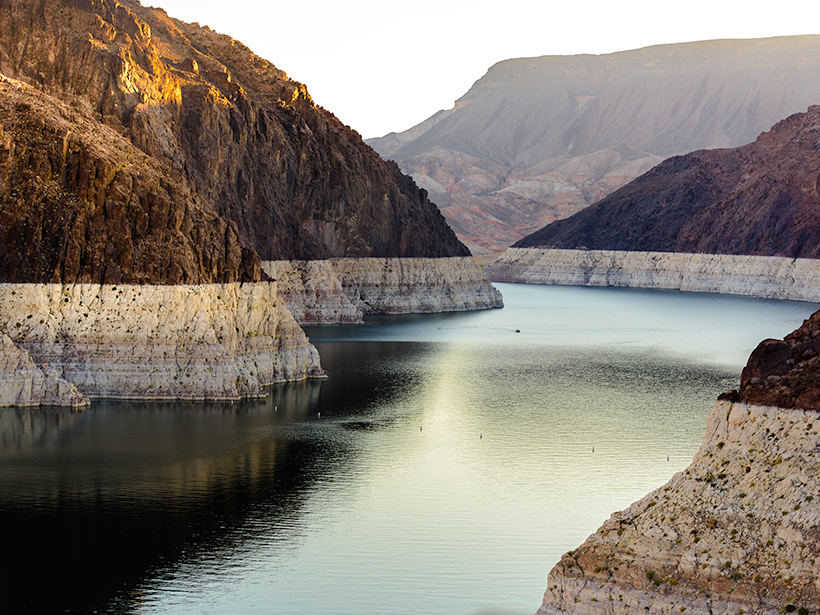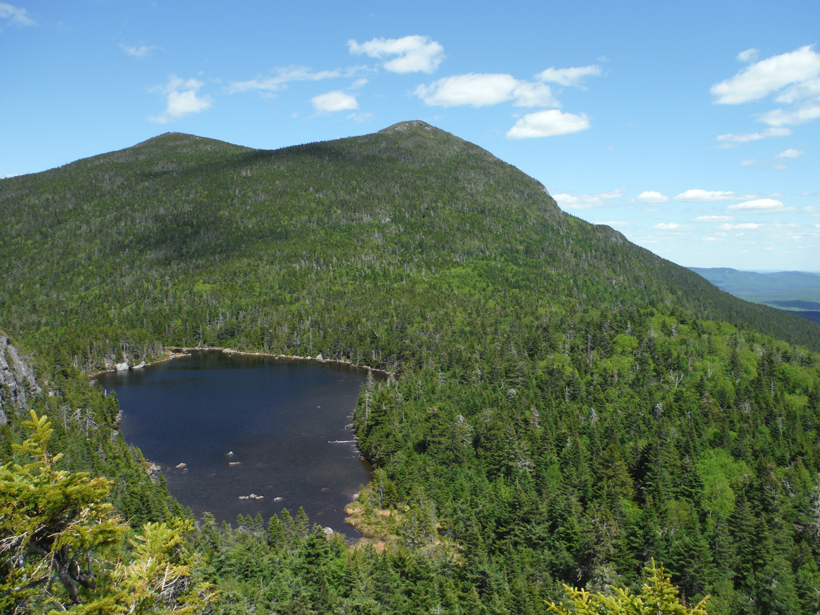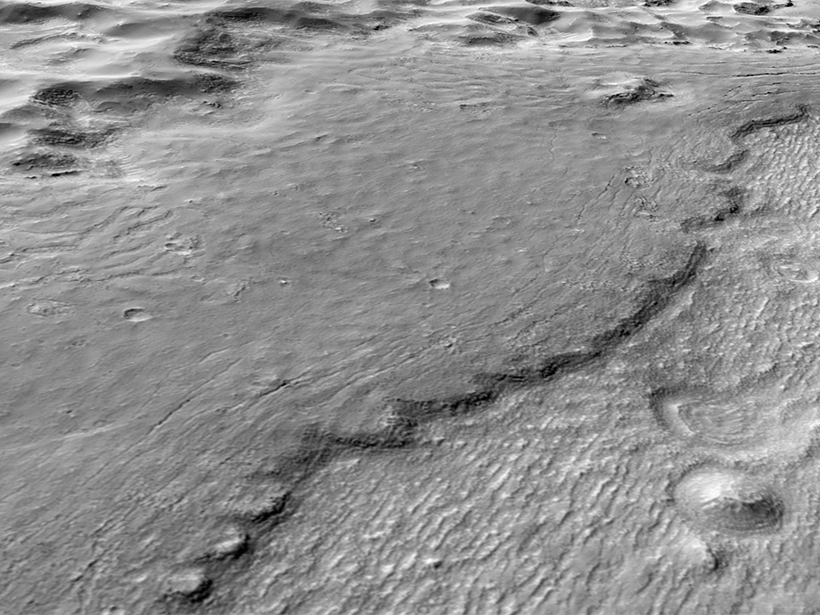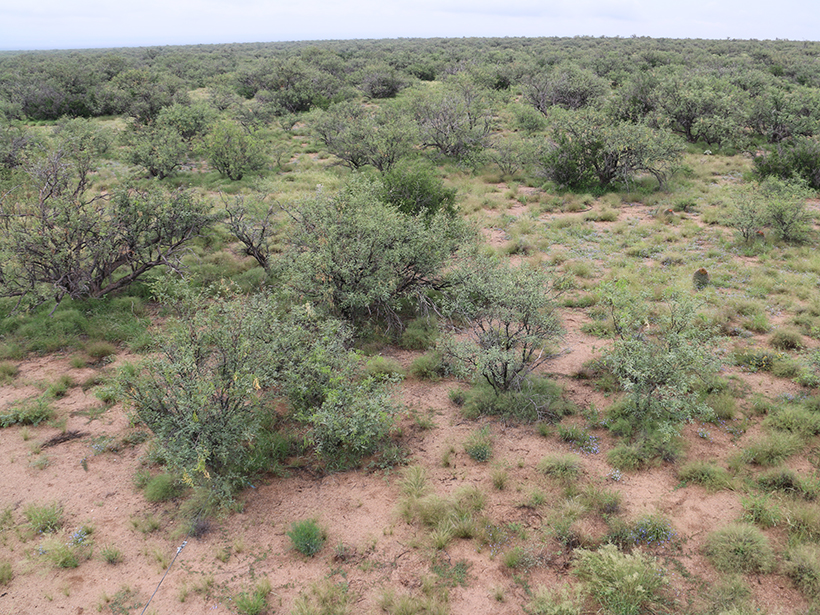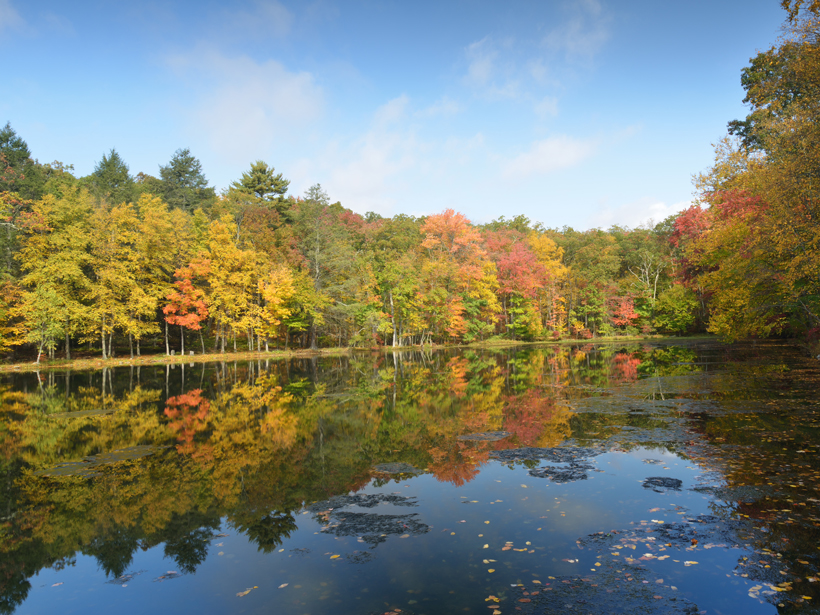Simultaneous satellite observations from different distances of Earth’s magnetic tail offer insight into how these instability waves evolve through time and space.
Research Spotlights
Research spotlights are plain-language summaries of recent articles published in AGU’s suite of 24 journals.
Glacial Meltwater Plumes Support Greenland Phytoplankton Blooms
Field measurements from the Bowdoin Glacier show that entrainment of deep water into upwelling glacial discharge delivers crucial nutrients to the surface of the surrounding fjord.
Is Mars Not So Earthlike After All?
Light-colored Gale crater rocks could have formed from intraplate volcanoes, not continental crust, new study finds.
Evaluating the Accuracy of Seasonal Climate Predictions
An analysis of historical modeling outputs is improving our understanding of the relationships between different types of seasonal forecasting skills.
Effects of Acid Rain, Climate Change on Freshwater Lakes
New England lakes weathered years of acid rain. A new study tracks how they are faring after 30 years of regulation and how climate change factors into the equation.
Tracing the Steps of Hydrothermal Activity in Hrad Vallis, Mars
Conditions that formed Amazonian age valleys may have been hospitable to microbial life.
How Mesquite Trees Gain a Competitive Edge in Arid Arizona
A new study shows that mesquites employ hydraulic redistribution to move water between soil layers in the savannas of Santa Rita.
Dark and Stormy: How More Rainfall Leads to Warm and Murky Lakes
Reduced clarity in two northeastern Pennsylvania lakes has resulted in warmer surface water and cooler bottom water despite stable regional air temperatures during the past 3 decades.
The Tiny Organisms That Transport Silica Across Earth’s Oceans
Phaeodarians play a major role in marine nutrient cycle.
Upper Estuaries Found to Be Significant Blue Carbon Sink
Inland from the seagrass and salt marsh ecosystems that border the ocean, upper estuaries store more carbon than previously realized and could play an important role in mitigating climate change.




